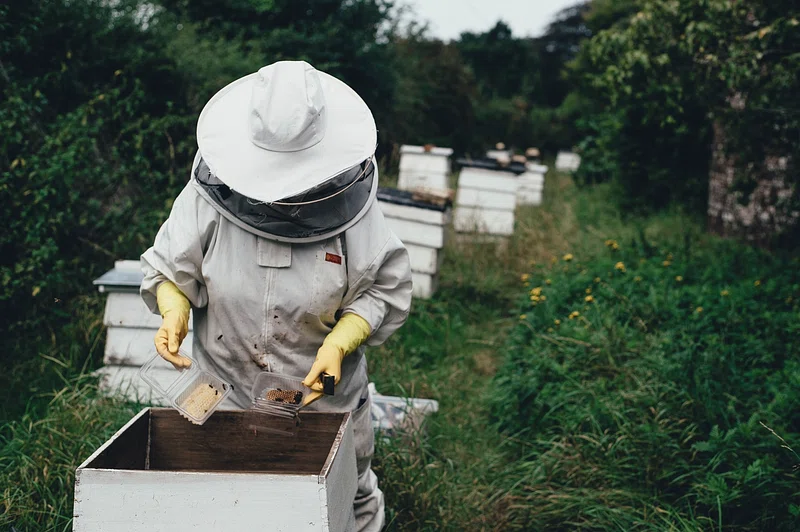Insect populations are in decline across the globe. Among them are honeybees, fundamental to both our food supply and the healthy functioning of natural ecosystems. While honeybees are domesticated insects and managed by apiculturists, they nonetheless face a series of growing pressures.
“Modern agriculture is an agriculture of monoculture,” says Thomas Schmickl, a professor of Zoology at the University of Graz in Austria. “In order to sustain that, agriculture has to use a lot of chemistry and other stressful techniques, which harms all pollinators.”
To give a boost to threatened honeybee colonies, researchers are turning to technological innovations. In the EU-funded HIVEOPOLIS project, scientists working in Belgium, Bulgaria, Germany, Latvia and Switzerland collaborated on a series of hives complete with digital technologies to help monitor and manage honeybee populations.
“We have created a more modern hive,” adds Schmickl, complete with sensors and actuators, devices that can provide movement and control of the bee populations. “We try to read information from the bees in order to make some interventions when needed.”
A hive of activity
The HIVEOPOLIS project developed a series of prototypes. One innovation is a digital honeybee comb, described in a paper published this year in ‘Science Robotics’.
It consists of many individual robots on the honeycomb, which is itself embedded with a range of sensors. The technology gathers data on the honeybees, and responds with vibration patterns or changes in temperature to control and move the bee colony in specific ways.
“I think it’s the first digital honeybee comb of this kind that can really interact with the bees and exert some control over the bees,” Schmickl remarks.
The team developed a series of hives to embed the various technologies inside. One of the hives was created by 3D-printing an artificial hollow tree trunk using fungi, a natural material that boosts the environmental benefits of the system. The team also created a method to extract honey without damaging the hive, as is often done in traditional beekeeping.
High-precision beekeeping
Honeybee colonies die back naturally during the winter, but beekeepers in the EU are losing up to a third of their honeybee populations each year, twice what experts consider healthy.
A key goal of the digital hives is to support the colonies, monitoring their health and activity to ensure that as many of them survive as possible.
“For example, we monitor the brood nest and if the temperature falls too low, we can support them with additional energy that comes for free,” Schmickl says.
Another likely trajectory for the product is in precision beekeeping, part of precision agriculture. “We could drive pollinators to specific areas, but only leave those that are needed, and then take the others somewhere else to maximise the overall pollination service,” Schmickl explains.
One of the project partners has been developing a dancing robot to actively recruit bees to a certain location. Bees use a ‘waggle dance’ to communicate with each other about pollen sources. Another part of the system – the details of which can’t be revealed just yet – is able to down-modulate foraging on specific food sites.
A third potential use for the technology is to control where the domesticated honeybees forage, to create a sort of natural reserve for other wild pollinators, to ensure they have enough food. “We could focus our bees more on servicing the farmer, while leaving the meadows for the wild pollinators, which actually need the diverse food sources that are there,” Schmickl adds. “That would be a win-win-win for all involved parties”.
Subscribe to AM Chronicle Newsletter to stay connected: https://bit.ly/3fBZ1mP
Follow us on LinkedIn: https://bit.ly/3IjhrFq
Visit for more interesting content on additive manufacturing: https://amchronicle.com


